Analysis of Management Accounting for Costs and Control
VerifiedAdded on 2023/01/23
|6
|835
|62
Report
AI Summary
This report provides a comprehensive analysis of management accounting for cost and control, using Woolworths Group Limited as a case study. It examines Woolworths' mission to deliver high-quality products and its challenges in supply chain management, including transport, supplier collaboration, and operational visibility. The report applies Porter's value chain analysis to understand how Woolworths optimizes its functions, including inbound logistics, operations, and marketing and sales. Inbound logistics focuses on supplier relations, procurement, and distribution, highlighting Woolworths' use of Trandestone's platform, stringent supplier certifications, and nationalized purchasing. The operations section covers standardized processes, quality assurance, space planning, and point-of-sale technology. Marketing and sales strategies, such as weekly specials and recipe recommendations, are also discussed. The report references key academic sources to support its analysis, offering insights into cost control and supply chain sustainability within the retail sector.
1 out of 6
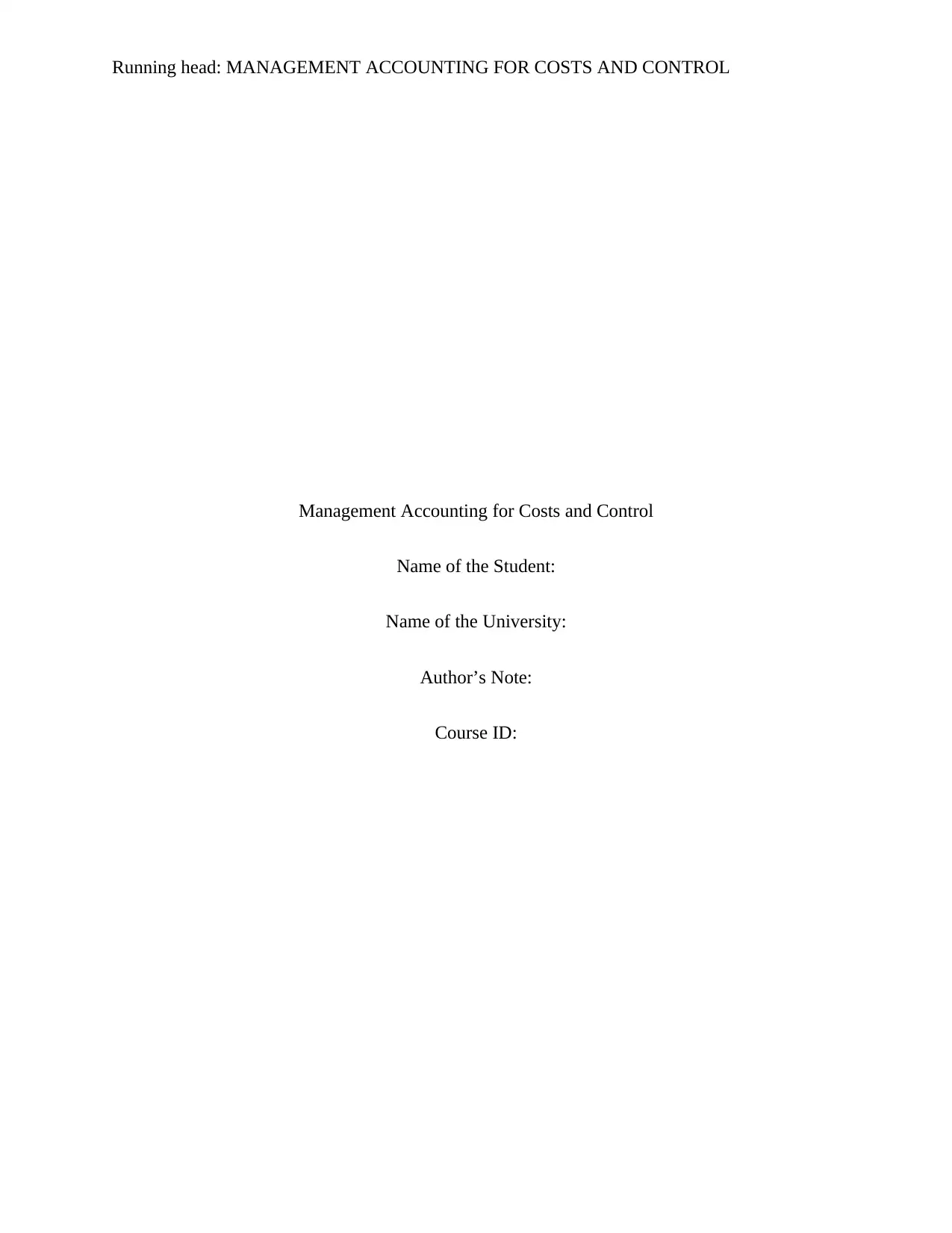
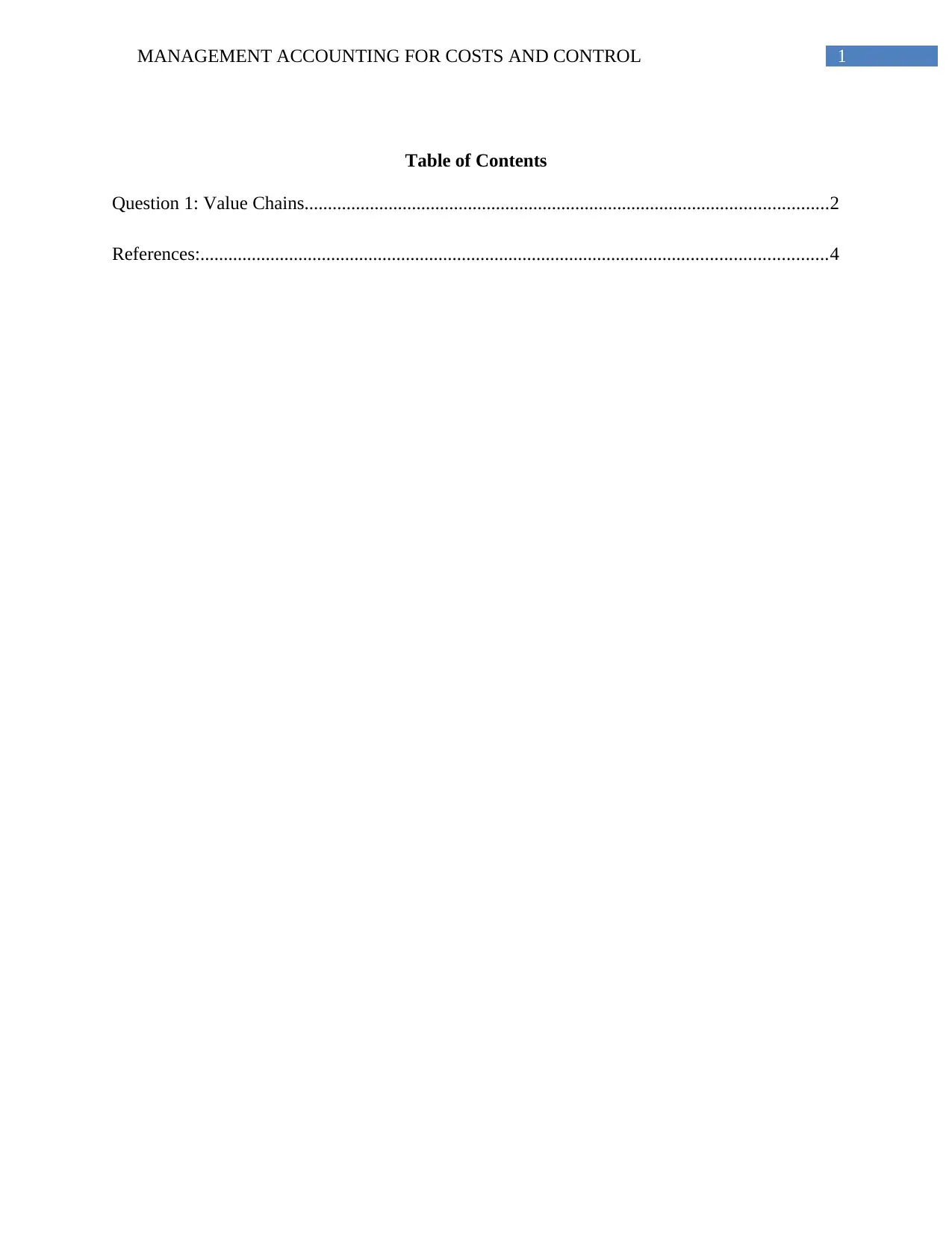
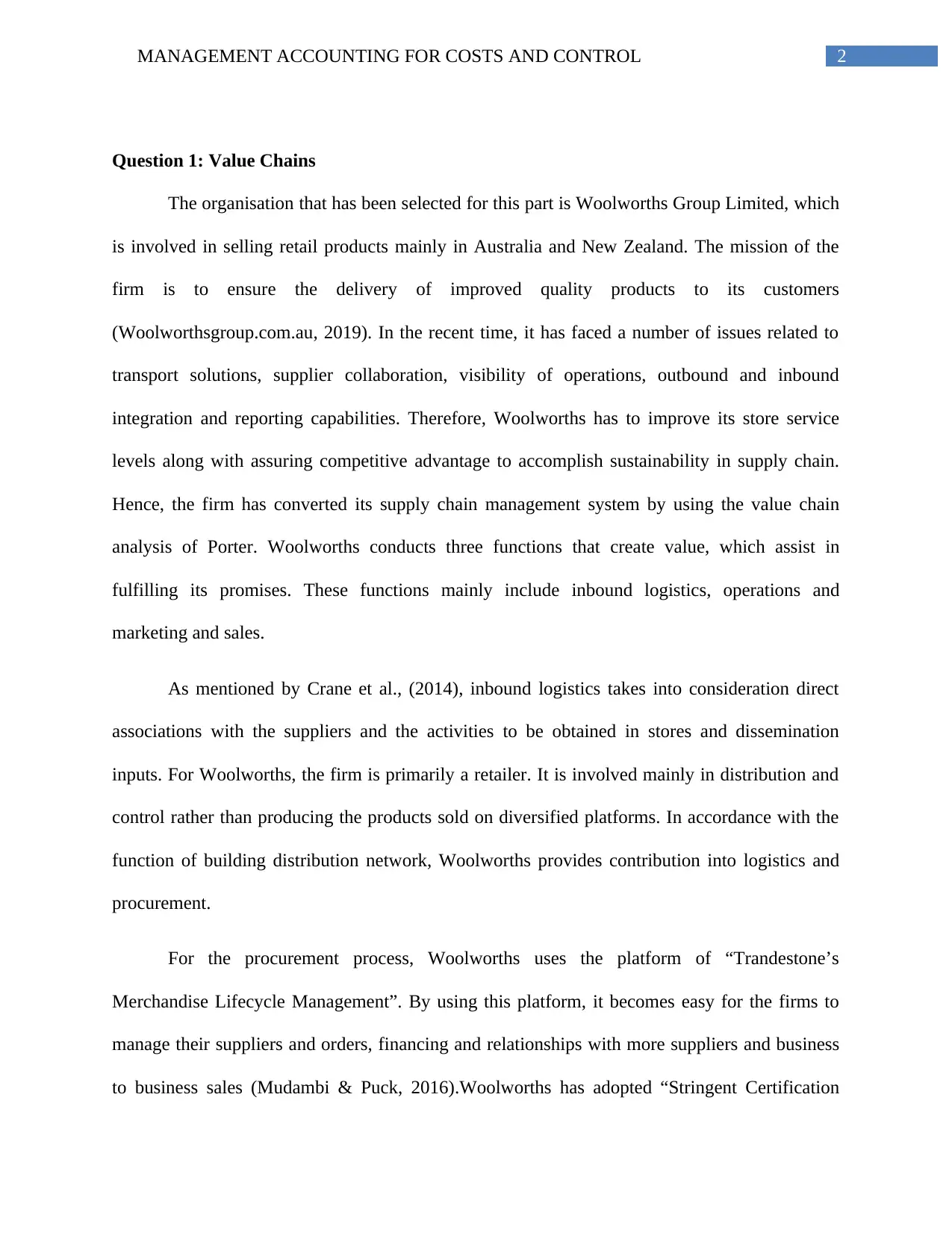

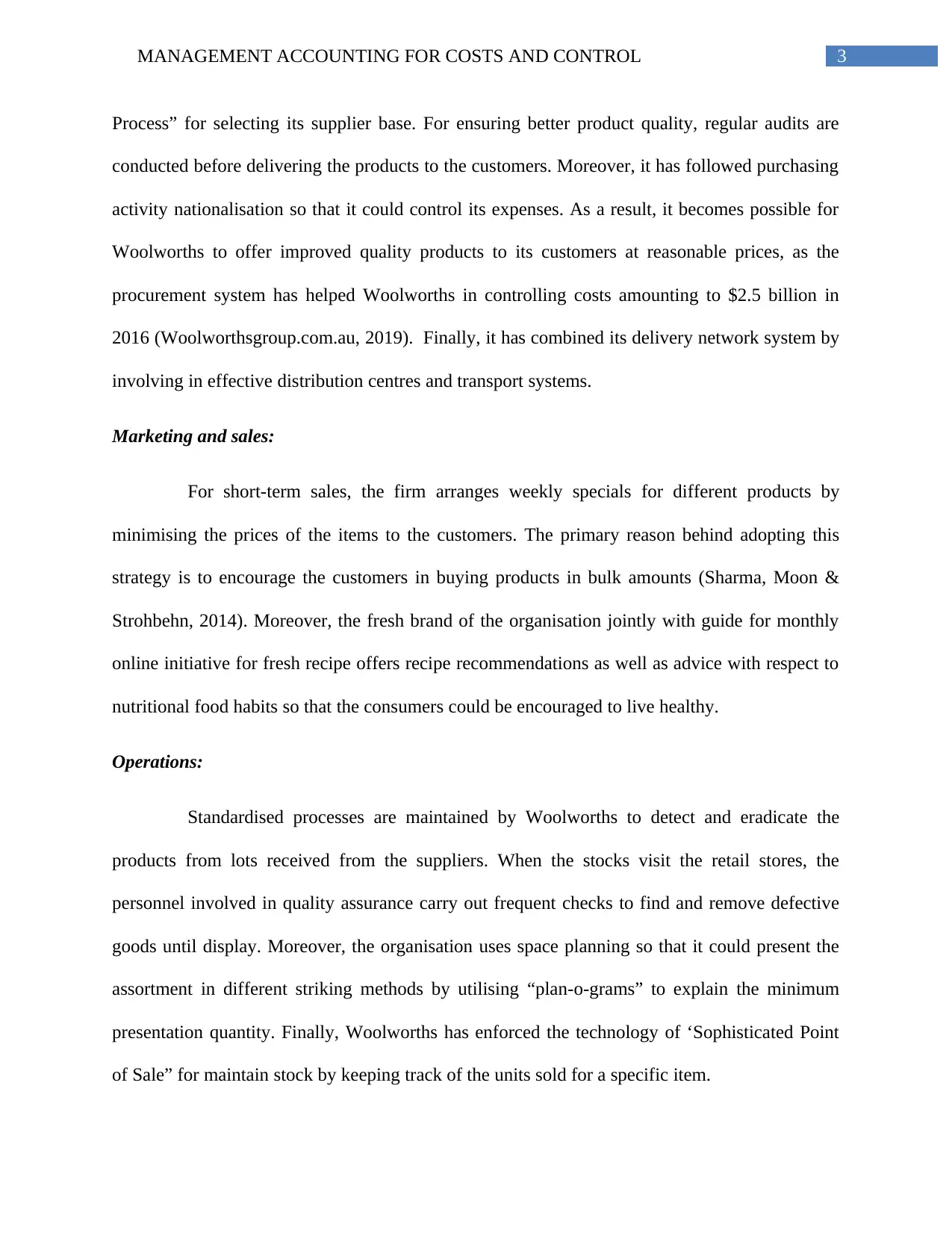
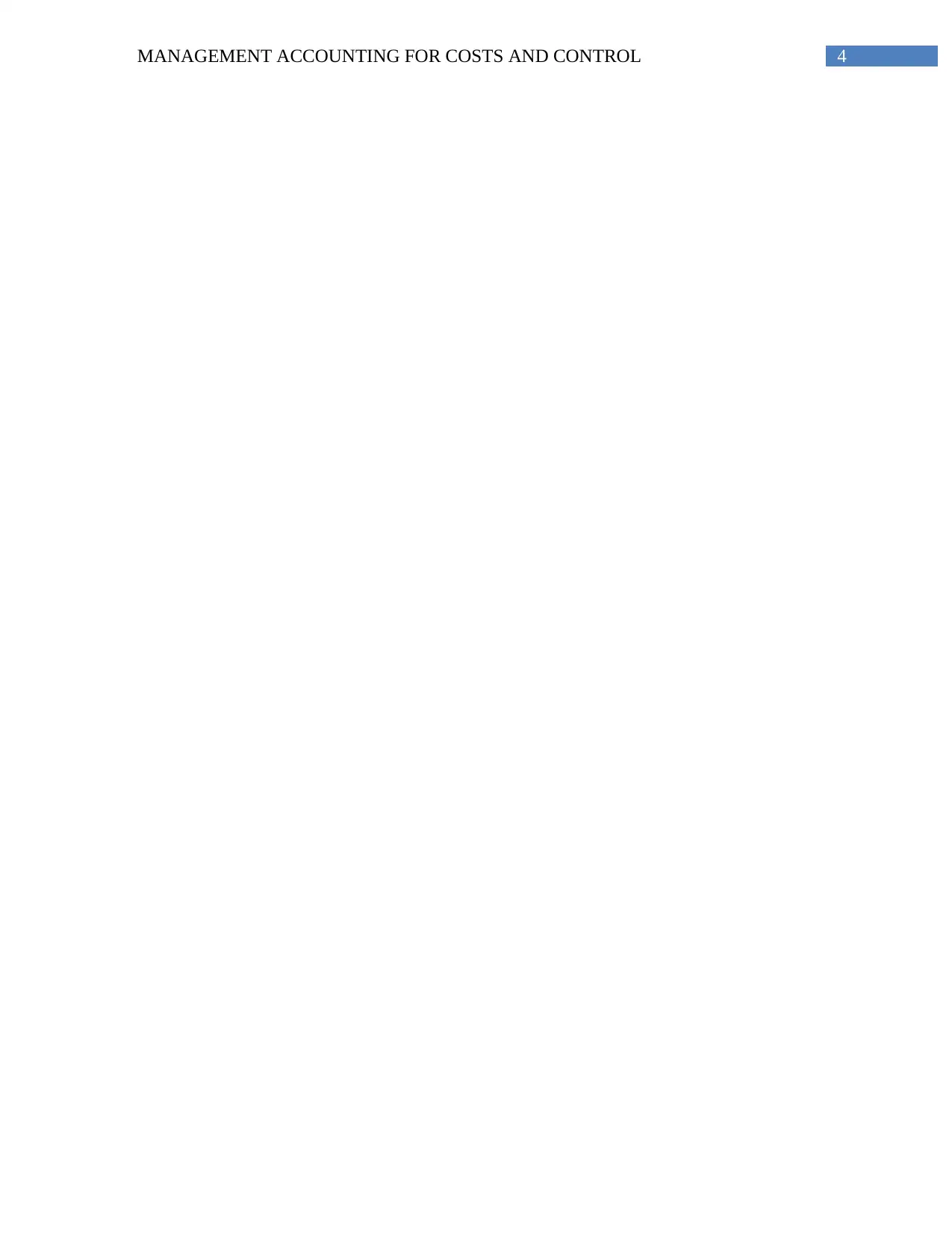
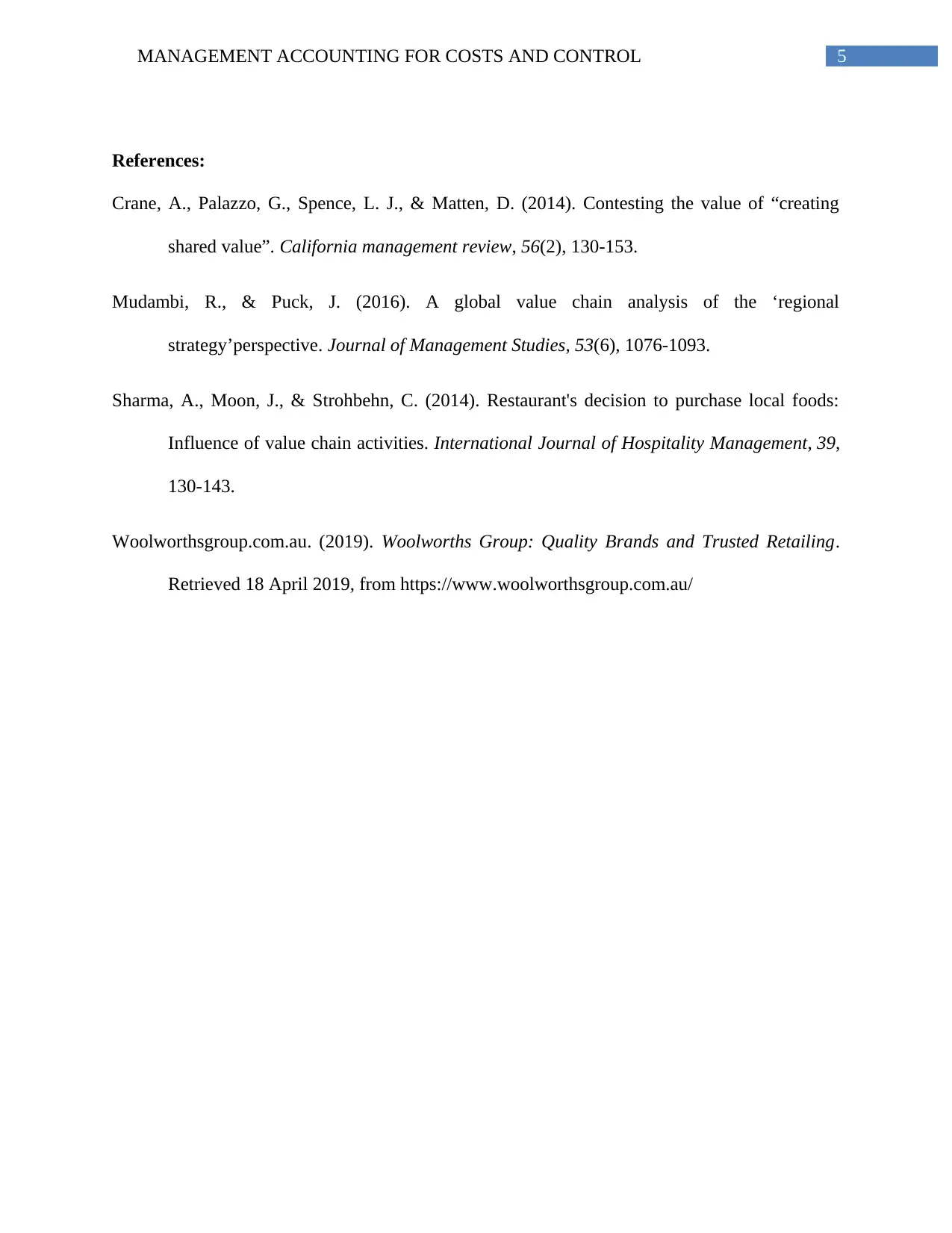






![[object Object]](/_next/static/media/star-bottom.7253800d.svg)